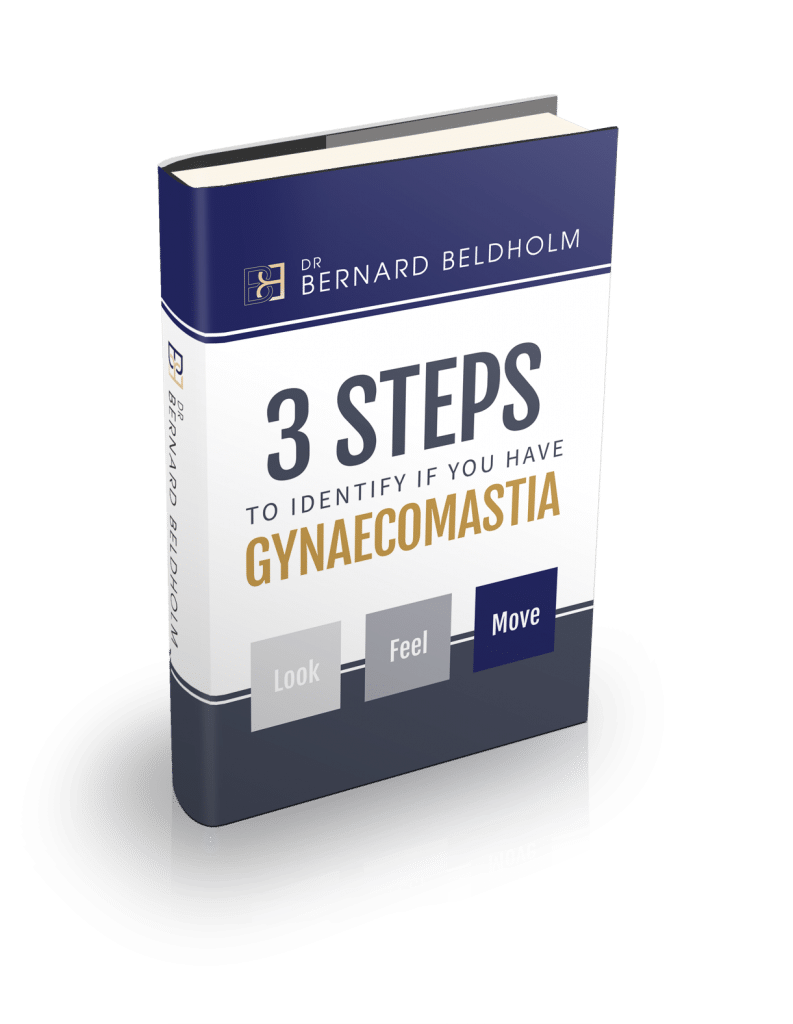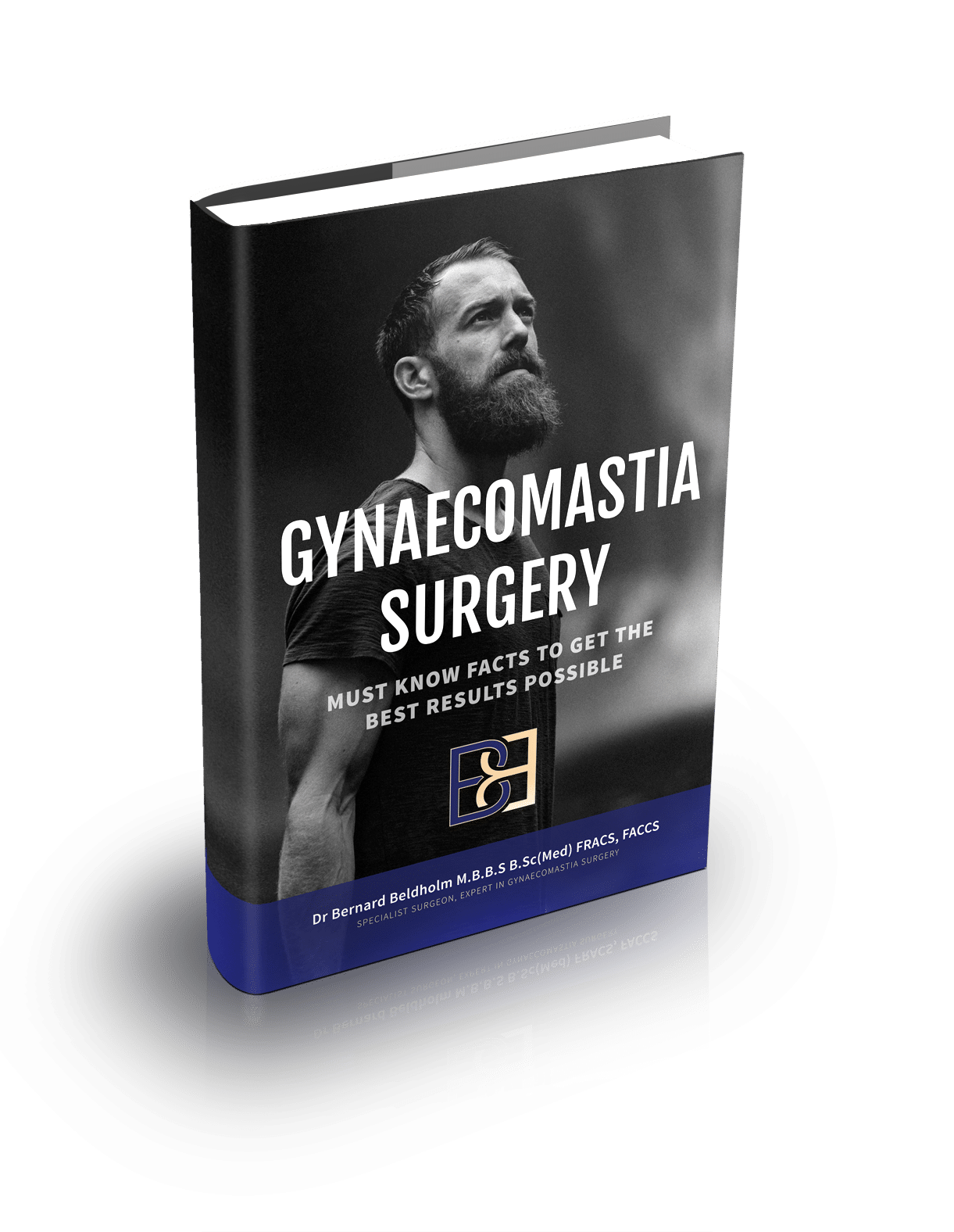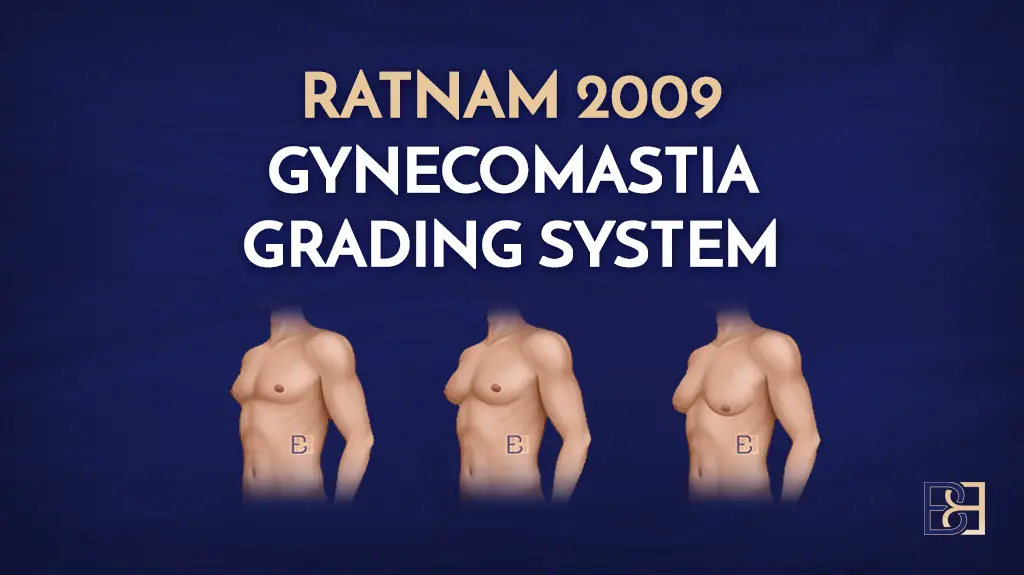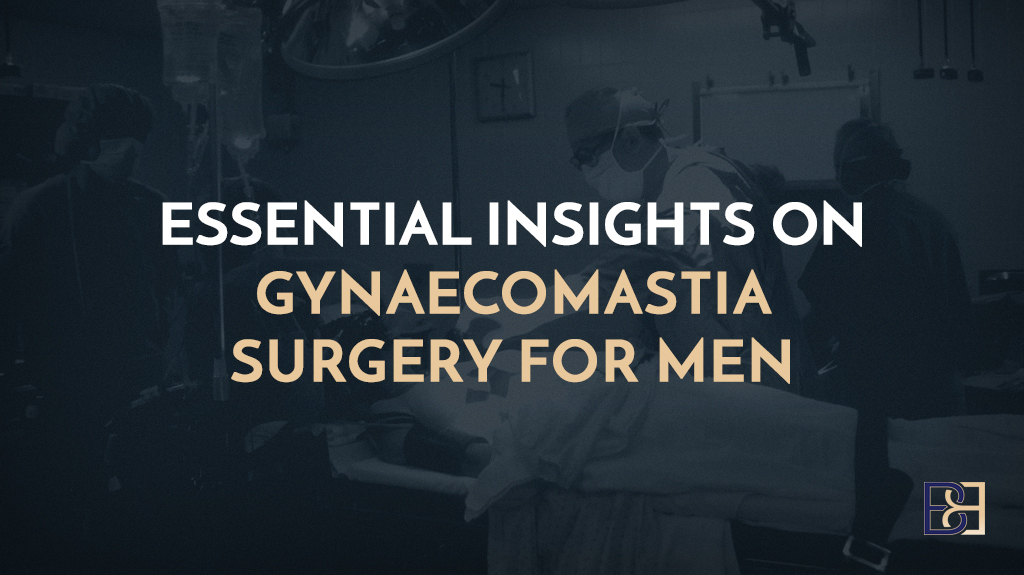Gynaecomastia surgery recovery time usually takes around six weeks. This article outlines each phase of recovery, including post-surgery care, pain management, and when you can return to normal activities. Understand what to expect and how to ensure a smooth healing process.
Key Takeaways
- Compression garments are essential for reducing swelling and supporting recovery, and must be worn 24/7 for at least two weeks post-surgery.
- The first 72 hours are critical; focus on rest, light walking, and managing discomfort with ice packs to aid healing.
- Full recovery typically takes six weeks, after which normal activities can resume.
Immediate Post-Surgery Phase
Book your appointment online now
Right after gynaecomastia surgery, you can expect a mix of discomfort, swelling, and bruising. Most patients experience moderate pain, often described as a feeling of tightness or tenderness in the anterior chest area. This is a normal part of the surgery recovery process and indicates that your body is beginning to heal.
Compression garments play a vital role in reducing swelling, supporting the chest, and promoting better blood flow for effective recovery. You will need to wear the compression garment 24/7 for at least four weeks. Though it may feel restrictive, it’s an invaluable tool in your recovery arsenal.
Avoid showering for the first 24-48 hours post-surgery to protect the surgical dressing and keep the incisions clean. Keep the surgical area dry and sterile during this period to prevent infections and other complications. Following these guidelines in the early stage sets the foundation for a smooth recovery.
As you navigate these first few days, remember that this discomfort is temporary. While challenging, the initial phase is crucial for setting the stage for a successful overall recovery.
First 72 Hours
The first 72 hours after gynaecomastia surgery are pivotal. During this recovery period, you should rest and limit activities to light walking. The worst of the swelling and soreness typically peaks around day three, with visible results often obscured by swelling. This is when you might feel the most discomfort, but it’s also when your body is actively healing.
Applying ice packs in 15-minute intervals effectively manages swelling and provides relief from discomfort. However, be cautious to avoid cold injuries by not exceeding the recommended 15-minute application time.
Short walks can significantly increase circulation and promote recovery, even though staying immobile might be tempting. You might also experience some nausea due to anesthesia, but this typically subsides within a few days. Follow your surgeon’s guidelines and allow your body the rest it needs to start healing during this period.
Week 1: Early Recovery
By the end of the first week of recovery, you will notice a significant reduction in pain and swelling. This is a reassuring milestone, as it indicates that your body is responding well to the surgery recovery process. Most patients find that they can return to non-manual work and normal social activities by this point.
Continue wearing your compression garments during this phase to reduce swelling and support healing tissues. Avoid sleeping on your stomach or side to protect the surgical site and ensure optimal healing.
The first week lays the groundwork for effective recovery. Following these tips keeps your recovery timeline on track and helps you return to your regular routine.
Weeks 2 – 4: Continued Healing
As you move into weeks 2-4, the healing process continues, and your body makes significant strides in recovery. By the fourth week, most of the swelling should subside, revealing the true results of your surgery. This period is marked by noticeable progress, allowing you to gradually return to most of your daily tasks.
Some degree of swelling might linger for a few more weeks, so avoid vigorous training and strenuous exercise during this time. Light activities and exercises, such as walking, are encouraged to promote healing.
Staying hydrated during this phase helps lower the risk of complications. If you’re unsure about when you can start sleeping on your side, consult with your surgeon. These weeks focus on patience and steady progress.
Week 6: Resuming Normal Activities
By the end of week six, you’ll find that most normal activities can be resumed. This is a significant milestone in the surgery recovery timeline, marking a return to your usual routine. Around this time, you can generally stop wearing the compression garment, as most of the initial healing is complete.
Avoid heavy lifting and strenuous upper body exercises until after the six-week mark. The total recovery period for gynaecomastia surgery is around six weeks, after which you can re-engage in all your usual activities. This phase brings a sense of normalcy and accomplishment as you near the end of your gynaecomastia recovery journey.
Full Recovery Timeline
Understanding the full recovery timeline helps set realistic expectations. Typically, full recovery from gynaecomastia surgery takes up to 4 weeks. By this time, most individuals can fully return to their daily routines and activities without restrictions.
By week six, you can re-engage in your complete exercise routine and perform all strenuous activities. After the six-week mark, patients can sleep in any position.
Factors like individual recovery response, pain tolerance, surgical technique, and the amount of tissue removed can influence the recovery process. This timeline provides a clear understanding of each recovery stage and the milestones to expect.
The final result will be more like 6 to 12 months after surgery, when the scars have matured and the swelling is completely resolved.
Pain Management Strategies

Pain management is a cornerstone of the gynaecomastia surgery recovery process. Manage pain relief with prescribed medications or over-the-counter options. During the initial days following gynaecomastia surgery, mild pain and discomfort can also be alleviated with cold packs. However, some patients may find that gynaecomastia surgery painful.
Dr. Beldholm typically suggests taking regular Panadol along with an anti-inflammatory for the first few days. Stronger pain relief is also available for breakthrough pain.
Relaxation techniques can complement medication in alleviating moderate to severe pain. Combined with proper medical treatment, these strategies promote healing and ensure a smoother recovery journey.
Scar Care Tips

Minimising post-surgery scars is a common concern. Factors like the surgical technique and the extent of tissue excised can influence scarring. Additionally, the placement of the incision also plays a role.
Post-operative massages, starting around three weeks after surgery, can help manage scar tissue and appearance. Proper care should include massage techniques and the use of scar treatment products. Dr Beldholm will discuss these options with you in your follow up visits.
Avoid direct sunlight on the scars to help them mature and become less visible. Following these scar care tips can achieve a more aesthetically pleasing outcome.
Lifestyle Adjustments for Optimal Recovery
Making lifestyle adjustments can significantly impact your recovery. Maintaining a healthy diet rich in fruits, vegetables and protein is important for recovery.
Avoid alcohol and smoking, as they can interfere with the healing process. Many individuals feel motivated to maintain a healthier lifestyle and body weight post-surgery.
These lifestyle changes facilitate an effective recovery, helping you achieve the best results and promote long-term well-being.
Follow-Up Appointments

Routine follow-up appointments ensure your recovery is on track. Appointments are typically scheduled at one month, Three months, six months, and twelve months after gynaecomastia surgery. Skipping appointments can lead to missed signs of complications or improper healing.
During visits, surgeons check for complications and assess the overall results of the procedure. Follow-up appointments offer an opportunity to discuss concerns and get professional advice on further recovery steps.
Ideal Candidate for Gynaecomastia Surgery
Gynaecomastia surgery isn’t for everyone; understanding whether you’re an ideal candidate is crucial. Ideal candidates should maintain a stable weight for optimal surgical outcomes and be in good overall health. Non-smokers or those willing to stop smoking well before and after the procedure are preferred.
Candidates should have persistent gynaecomastia and realistic expectations regarding the surgery results. Meeting these criteria makes you a likely candidate for gynaecomastia surgery, setting the stage for successful recovery from excess tissue and excess breast tissue.
Dr Beldholm’s Final Thoughts
In summary, the recovery timeline for gynaecomastia surgery involves several phases, each with its own challenges and milestones. From immediate post-surgery care to the psychological benefits post-recovery, understanding and following the guidelines can make a significant difference. Stay committed to your recovery, follow your surgeon’s advice, and look forward to the positive changes that come with healing.
Frequently Asked Questions
What can I expect immediately after gynaecomastia surgery?
You’ll likely experience some discomfort, swelling, and moderate pain right after surgery, so be ready for that. You’ll also need to wear a compression garment all day and night for at least two weeks to aid in recovery.
How can I manage pain after gynaecomastia surgery?
Managing pain after gynaecomastia surgery is straightforward: rely on prescribed medications, use over-the-counter options, and apply cold packs for relief. You’ll find these methods really help ease discomfort as you recover.
When can I resume normal activities after gynaecomastia surgery?
You can typically resume most normal activities by the end of the first week, but make sure to stick to light activities and avoid heavy lifting or strenuous exercises during that time.
How can I minimise scarring after gynaecomastia surgery?
To minimise scarring after gynaecomastia surgery, use silicone sheets, consider laser treatments, and start post-op massages around week three. Also, make sure to avoid direct sun exposure on your scars for the best results.
What lifestyle changes should I make to ensure optimal recovery?
To ensure optimal recovery, focus on maintaining a healthy diet, staying hydrated, and avoiding alcohol and smoking. Comfortable clothing can also help make your recovery process smoother.





